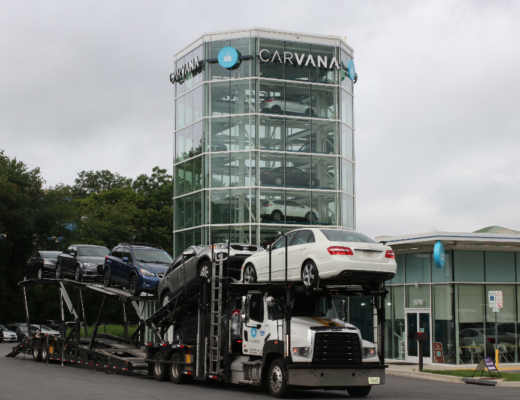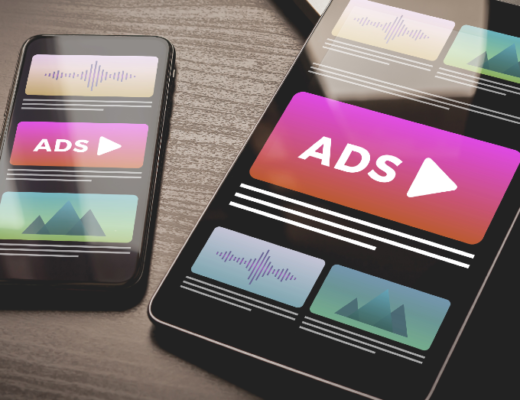Should you post more evergreen content or more timely content? This is a major question facing marketers regarding their online strategies.
When should you post, how much content should be posted, and what type of content should it be? These concerns create an overwhelming situation which can be daunting to handle unless you have some answers. Thankfully, we’ve got some of those answers for your marketing team, helping you to understand which content to post and how much of that content should be on your sites.
Before we get into that, let’s look at the differences between evergreen and timely content.
What are the differences?
What is evergreen content?
Content that can be published at any time with topics that don’t change is considered evergreen content. This type of content is typically relevant for a long time unless market or industry changes take place that alter the relevancy. Evergreen content is useful at any time of the year, much like evergreen plants that stay green and alive year-round. This type of content usually requires less maintenance and is useful as foundational content for backlinking. If this content is valuable, it’s useful as the linked source in many future pieces.
What is timely content?
Content that is time-sensitive and must be created and posted to be relevant during a specific time period is called timely content. This is typically content that reflects what’s happening in the news, highlights short-term events, and has a limited window of relevance. Timely content is also any content using statistics or data from a study or specified time period, which means it will certainly change with new data. Typically, it’s necessary to leave room for timely content to be inserted at the last moment because it could be breaking news or shifts in the industry.
How often should each content type be posted?
Opinions vary regarding the proper content split between these two content types. Some suggest using an 80/20 rule, with 80% of the content being evergreen while the other 20% is timely content. Other experts suggest a 60/40 split. Regardless of percentages, the evergreen content should have a higher percentage than the timely content. This is helpful for most marketing strategies because it allows for less maintenance and content that lasts much longer. Whether you publish content weekly or monthly, the split should have more evergreen than timely posts.
What are the benefits of each type of content?
Evergreen Content
Typically, evergreen content takes longer to produce, but it offers longer-lasting benefits to the site it supports. This high-quality content should be filled with information that educates and informs visitors to the site. Usually, evergreen content covers the basics and enables people familiar with the field to understand the purpose and usefulness of the content. These posts receive frequent visitors, which should help increase search engine ranking and long-term positive impacts for the site. Evergreen content is still impactful long after its initial publish date.
Evergreen content is made to live longer than timely content.
Here are ten ways to extend the life of your evergreen content.
- Double down on high SEO ranking content
- Add links to other industry blogs
- Tailor it to the platform
- Tag it in your CMS
- Repurpose it as an infographic
- Build guides using the content
- Use it in a podcast
- Publish it to various channels
- Add microcontent
- Create supporting videos
Timely Content
Timely content has a much shorter lifespan, but it’s created more frequently than evergreen content and brings more viewers to your pages during news events and specific times of the year. When this content supports trending topics, it’s much easier to see the value. An example would be a blog regarding the best chocolates for Valentine’s Day during the first half of February. This can increase your SEO position and push your pages to the top of Google searches during content relevancy. Although timely content has a shorter lifespan, the quick returns and impactful payoffs entice viewers to look for more timely events in the future.
Content still reigns supreme
Although the marketing industry understands the transition and continued evolution of Google’s algorithm, content is still necessary to bring viewers to websites to provide information regarding products and services offered. A good split of evergreen content and timely content can provide a strong foundation for any successful blog page, but there’s much more to the formula than just great content.
Still, content is the starting point, and now you have a much better understanding of what type of content to post and how much of it your site needs.




